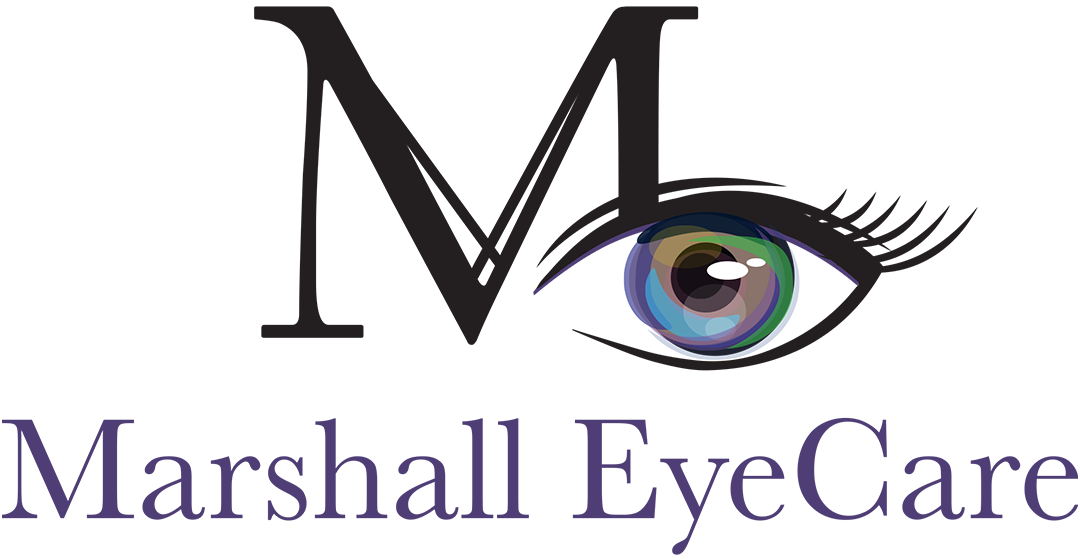
Your child's vision is crucial for their overall development and learning. Good eyesight allows them to explore the world, read, write, and participate in various activities. However, vision problems can go unnoticed, especially in young children who may not be able to communicate their struggles effectively. By prioritizing your child's vision health, you can help them reach their full potential and avoid potential challenges in the classroom and beyond.
The Impact of Vision on Learning and Development
Vision plays a vital role in a child's learning and development. When a child experiences vision problems, it can significantly impact their ability to perform well in school and engage with the world around them.
Poor vision can make it difficult for children to read, write, and concentrate on their schoolwork. They may struggle to see the board, experience eye strain, or have trouble tracking words on a page. This can lead to frustration, behavioral issues, and even falling behind academically.
Additionally, vision problems can affect a child's motor skills, coordination, and overall physical development. Simple tasks like catching a ball or navigating their environment may become challenging, limiting their participation in sports and other activities.
Common Eye Conditions in Children
Children can develop a variety of eye conditions that can impact their vision and overall well-being. Some of the most common eye conditions in children include:
- Refractive Errors: This includes nearsightedness (myopia), farsightedness (hyperopia), and astigmatism, which can make it difficult for children to see clearly at different distances.
- Amblyopia (Lazy Eye): This condition occurs when one eye develops poorer vision than the other, often due to a misalignment of the eyes (strabismus) or a significant difference in refractive error between the two eyes.
- Strabismus: This is a condition where the eyes do not align properly, causing them to turn inward, outward, or in different directions.
- Color Vision Deficiency: Also known as color blindness, this condition affects a child's ability to perceive certain colors or color combinations.
Early detection and treatment of these conditions are crucial to ensure your child's vision development and prevent long-term complications.
Signs That Your Child May Have a Vision Problem
Recognizing the signs of a vision problem in your child is the first step in addressing the issue. Some common indicators that your child may be experiencing vision difficulties include:
- Frequent eye rubbing or blinking
- Complaints of headaches or eye strain
- Difficulty concentrating or paying attention
- Holding books or devices too close to their face
- Frequent squinting or tilting of the head
- Covering one eye or closing one eye to see better
- Frequent loss of place when reading
- Avoidance of activities that require close-up work
If you notice any of these signs, it's essential to schedule an eye exam with a qualified eye care professional to determine the underlying cause and receive appropriate treatment.
The Importance of Regular Eye Exams for Children
Regular eye exams are crucial for maintaining your child's vision health and ensuring their eyes are developing properly. These comprehensive examinations can detect vision problems early, allowing for timely intervention and treatment.
Eye exams for children go beyond just checking their visual acuity (how well they can see). They also assess eye alignment, depth perception, color vision, and overall eye health. By identifying and addressing any issues, you can help your child avoid potential learning difficulties, behavioral problems, and long-term vision complications.
How Often Should Children Have Eye Exams?
The recommended frequency of eye exams for children varies depending on their age and individual needs. Here's a general guideline:
- Newborns to 2 Years Old: Your child's first eye exam should be around 6 months of age. This initial exam helps identify any congenital or developmental vision problems and ensures their eyes are developing properly.
- 3 to 5 Years Old: Children in this age group should have an eye exam at least once every 1-2 years. This is a crucial time for visual development, and regular check-ups can detect any issues that may arise.
- 6 Years Old and Older: Once a child reaches school age, it's recommended to have an eye exam every 1-2 years, or as recommended by their optometrist. This helps monitor their vision as they progress through their education and engage in more demanding visual tasks.
Your child's eye doctor may recommend more frequent exams based on their individual needs or risk factors, such as a family history of vision problems or the presence of certain medical conditions.
Schedule Your Child’s Eye Exam with Marshall EyeCare Today
Your child's vision is a precious asset that deserves your attention and care. By making regular eye exams a priority, you can help ensure your child's eyes are developing properly and address any vision problems before they have a significant impact on their learning, development, and overall well-being.
To schedule an eye exam for your child and prioritize their vision health, contact Marshall EyeCare today. We will provide a comprehensive assessment and personalized care to ensure your child's eyes are developing properly and any issues are addressed promptly. Visit our office in Aberdeen, New Jersey, or call (732) 837-0988 to book an appointment today.








